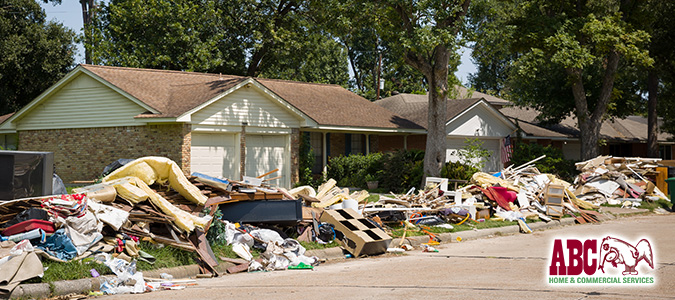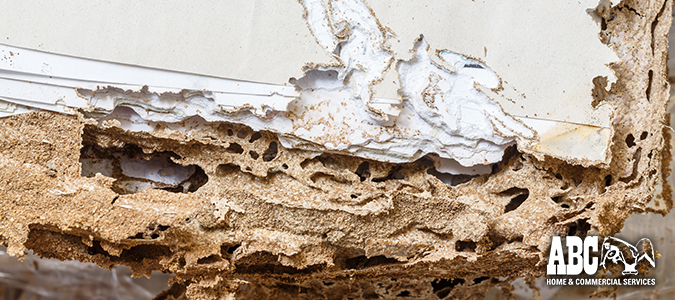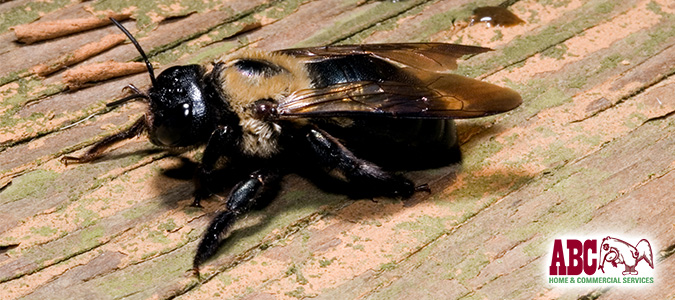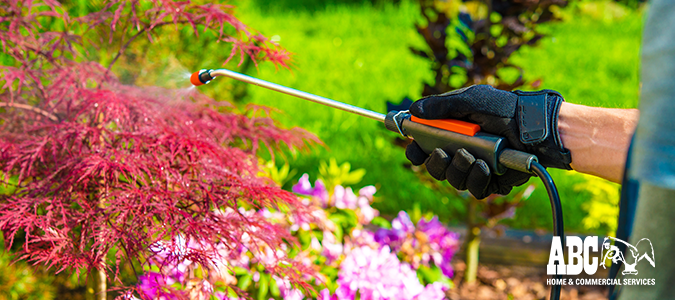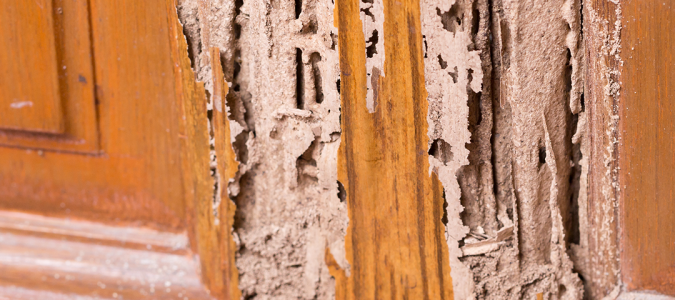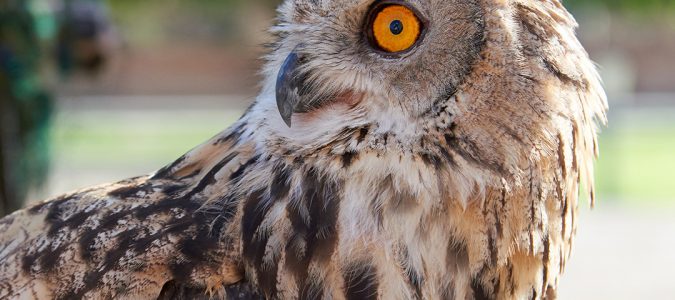What Are Herbicides? Herbicide Pros & Cons

Everything is bigger in Texas, including the weeds. Before you let plant predators such as cleavers, chickweed, henbit, sow thistle and wild carrot take over, learn the pros and cons of herbicides, as well as some non-chemical alternatives.
Weeds can rob nutrients from the soil and smother other plants, but they aren’t all bad. Some can help your plants grow; others you may actually enjoy. They can also act as a free soil test, telling you whether or not you need soil balancing. Certain weeds spring up only when the soil is too high or low in something.
Many times, you can organically solve your weed problem by simply getting rid of the existing weeds and then balancing the soil. Learn more about how to improve soil quality in your lawn.
Sometimes, however, herbicides are necessary. But before you start releasing chemicals around your property, it’s important to consider what they are, how … Read Full Post »
